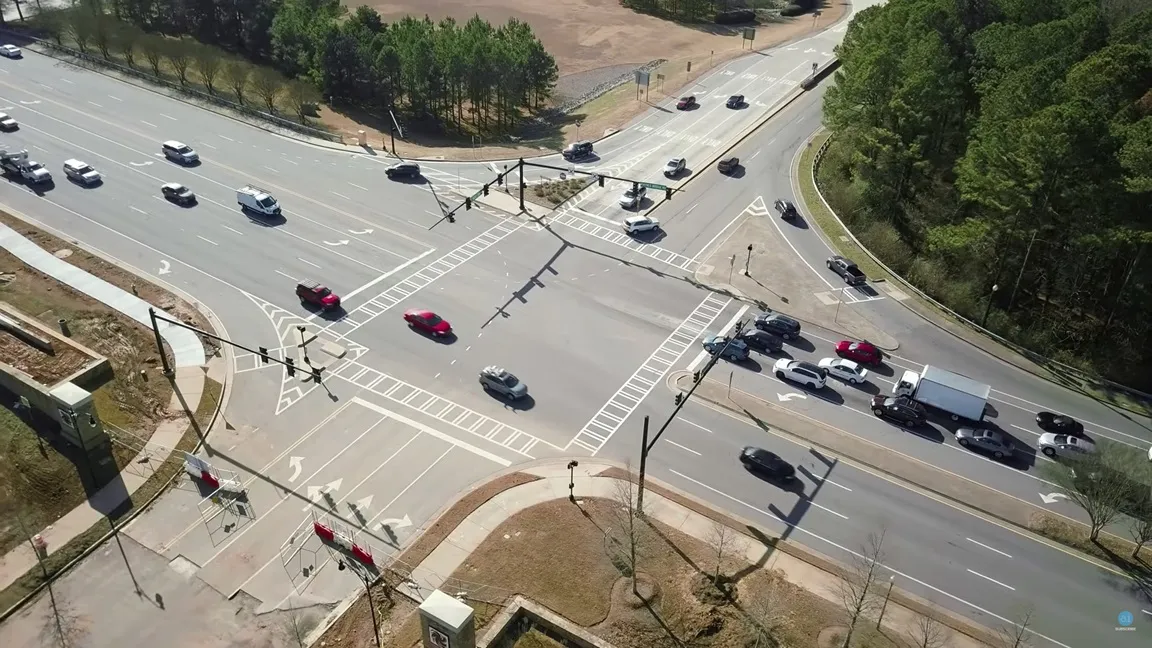
Drivewyze has partnered with Konexial driver information systems to allow trucks in North America to avoid weigh stations, if they are automatically permitted to do so.
Drivewyze PreClear weigh station bypass, along with Drivewyze Safety+ can now both be activated on Konexial’s My20 ELD.
No transponders are required, so activation of Drivewyze PreClear on the Konexial platform can be done 'in minutes', the company says.
Drivewyze transmits safety scores, registration and tax compliance information to the weigh station, which then calculates that against the bypass criteria established by its state or province.
If the carrier and vehicle pass the criteria, at one mile out, the driver receives permission to bypass the site.
"The better the fleet’s safety score, the more bypasses typically granted," Drivewyze insists.
The system gives customers bypass opportunities at 840 locations in 45 states and provinces, the company adds.
Frances Kilgour, Drivewyze vice president of business development & channel management, says: "Our weigh station bypass service will save My20 customers valuable time by bypassing weigh stations up to 95% depending upon their safety scores."
Drivewyze Safety+ is also available, providing real-time weather alerts and in-cab safety alerts for upcoming dangerous curves, low bridges, and high speeding citation areas - as well as 'hot zone' alerts for areas that have a high frequency of cargo theft.










